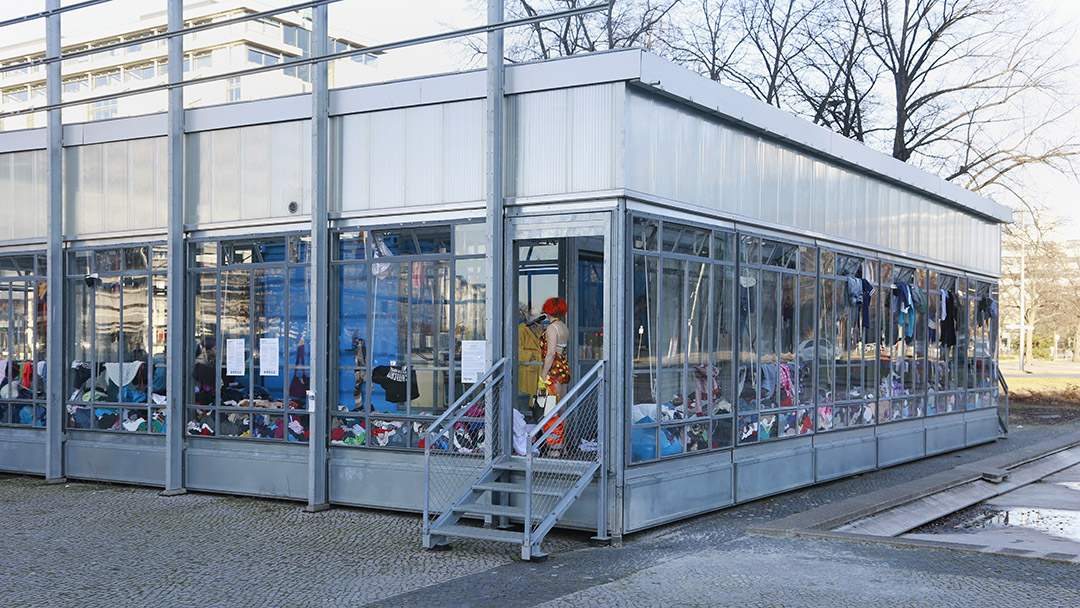
GRISUTEN
GRISUTEN
Der Badeanzug liegt vor mir, gerade so, als sei ihm seine Trägerin nach dem Bad entstiegen und hätte ihn, das salznasse Stück Stoff, noch nicht aufgehoben, ausgewrungen, ins Strandlaken eingerollt und in den Bastkorb gelegt. Vielleicht rubbelt sie hinter der Schwingtür – die eher einen Saloon als eine Umkleide vermuten lässt – noch ihren Körper mit einem rauen Strandlaken aus Frottex trocken. Die feuchten Haare stehen wirr ab – das machte sie unglücklich – hatte sie doch schwanengleich mit gerecktem Hals den Kopf über den Wasserspiegel balanciert. Dass ihre Adern dabei hervortraten, ließ sich vom Ufer aus nicht wahrnehmen, nur das Zittern der künstlichen Blumenblätter an ihrer Badekappe. Für den fernen Blick hatte sie sich in eine Nymphea, eine Seerose, verwandelt.
Die Schwingtüre endet achtzehn Zentimeter überm Boden und gibt den Blicken ihre Knöchel preis.
Der Rückenausschnitt des Badezuges beschreibt die Horizontline an den Ufern des Balaton.
Seine Sonnenuntergänge stimmen sie traurig. Sie liest in den Verfärbungen des Himmels die Prophezeiung vom Ende des Sommers. Auch die gelb-orange-roten Blätter auf ihrem Badeanzug künden bereits vom Herbst. Ihr Fallen ist als Druck auf Grisuten Textur festgehalten.
In den Sommerurlauben der 70er Jahre am Plattensee ahnt sie nicht, dass ausgerechnet die Chemiefaser aus dem Havelland bestand haben würde – auch noch als zwanzig Jahre später der Boden unter ihren Füßen nicht mehr DDR hieß. Bis heute produziert das Werk der Märkischen Faser GmbH Produkte aus Grisuten®: Von der Babywindel bis zur Inkontinenzeinlage beweist sich der Faserstoff als flexibles Gebilde und findet Anwendung in allen Phasen des menschlichen Lebenszyklus, als Bekleidung, in der Hygiene, Heimtextilien oder dem Automobil.
Als sie sich Jahre später auf der Alpentour im Cabrio vom Wörthersee nach Monaco dem Rausch der Freiheit hingab und die unerträgliche Leichtigkeit des Seins erprobte, war ihr da bewusst, dass das Verdeck Grisuten-Fasern aus Primnitz enthielt? Dass, während sie in den 50er Jahren als Kind in deutscher Trümmerlandschaft spielte, die Schauspielerin und spätere Fürstin Grace Kelly mit Carry Grant in einem ebensolchen Cabrio durch das Filmsetting von Imago rauschte?
Huldigte sie der Ikone als sie die Badekappe gegen ein im Grace-Kelly-Style geschlungenes Kopftuch tauschte?
Träumt sie heute manchmal auf der Fahrt zum Supermarkt unter dem Dachhimmel, der aus der gleichen Polyesterfaser gefertigt wurde wie ihr Badeanzug, von den Sommern am Balaton? Lächelt sie in Erinnerung daran, wie die Blätter des Badeanzugs auf den Boden fielen und mit ihnen die letzte Hülle.
Eine Hand erkundet das Panorama ihres Rückens.
Licht aus.
barbara caveng
'The first true storyteller is, and will continue to be, the teller of fairy tales. ... always the art of repeating stories, and this art is lost when the stories are no longer retained' Walter Benjamin
From 21 to 22 February, eight performers spent 24 hours digging through a textonic landscape of 45 m³ of old clothes from planetary dwellers.
Their own bodies were wrapped and deformed by new and old, used or even still labelled pieces, whose value was already decaying in the hours of the creation & production process under the hands of the sewers. The prospectors infiltrated dunes of down jackets, excavated pits and penetrated the penetrating the innermost of materiality. No safe footing was possible. From the pile of clothes, they gazed out on the discarded landscape of Anthropozaen.
What stories and thoughts did they uncover? What can be explored, read and told of the discarded clothing that is contemporary civilisational history.
On 27 February, we invited chroniclers and word-finders to write down their thoughts on the textonic landscape of the BHROX bauhaus reuse as poems, essays, novellas and notes. We publish the texts in a loose series.

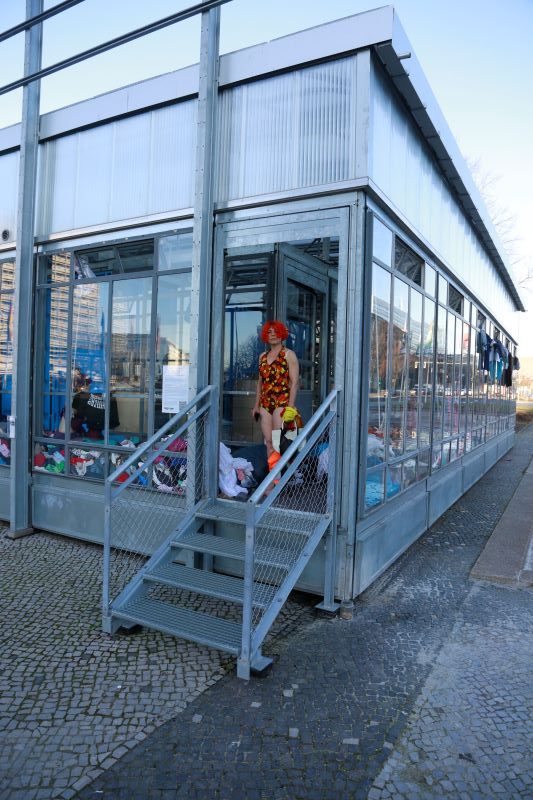
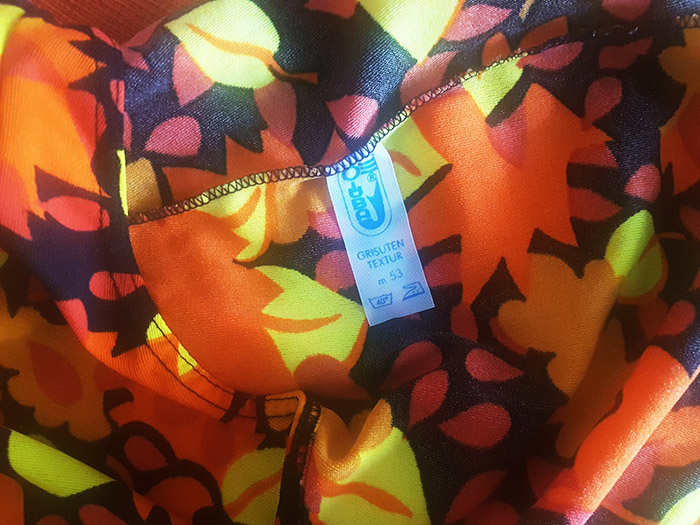

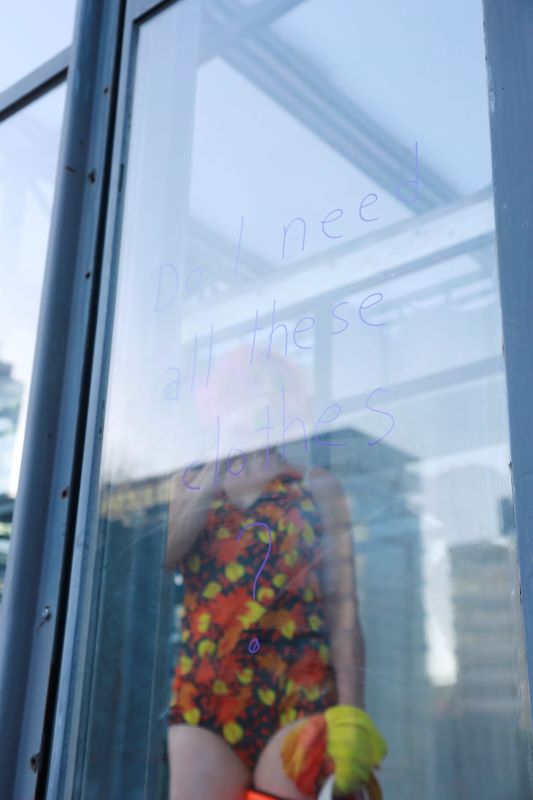
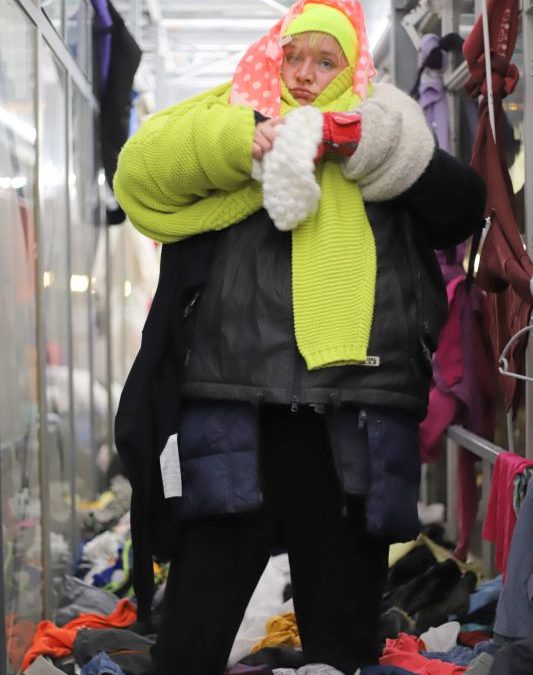
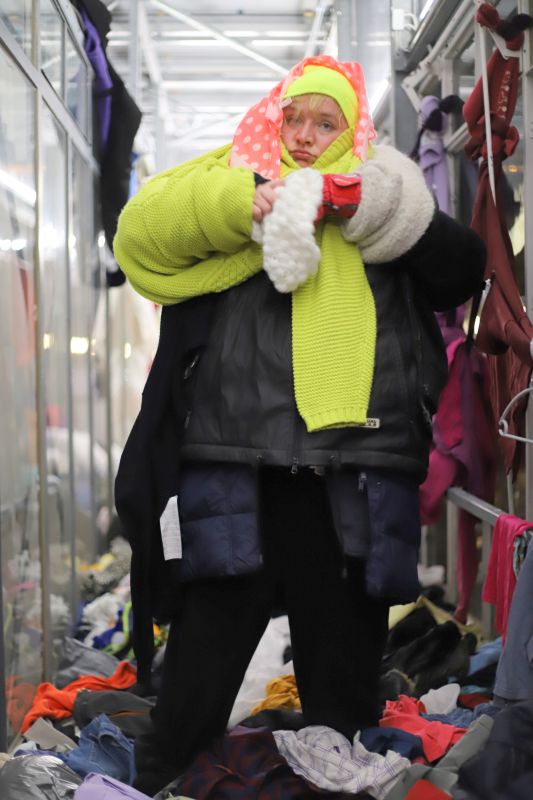
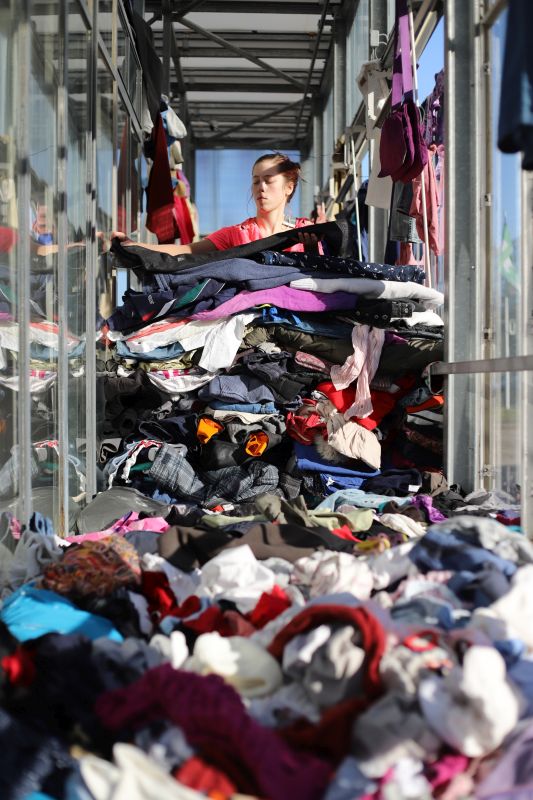
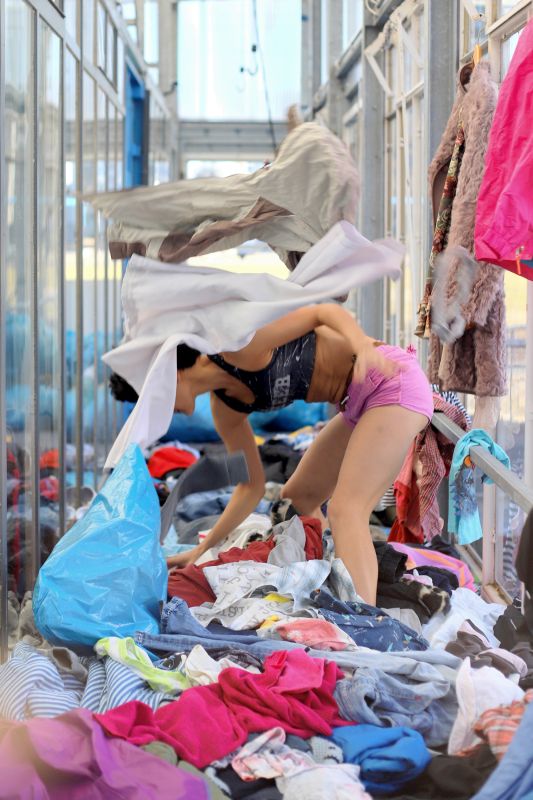
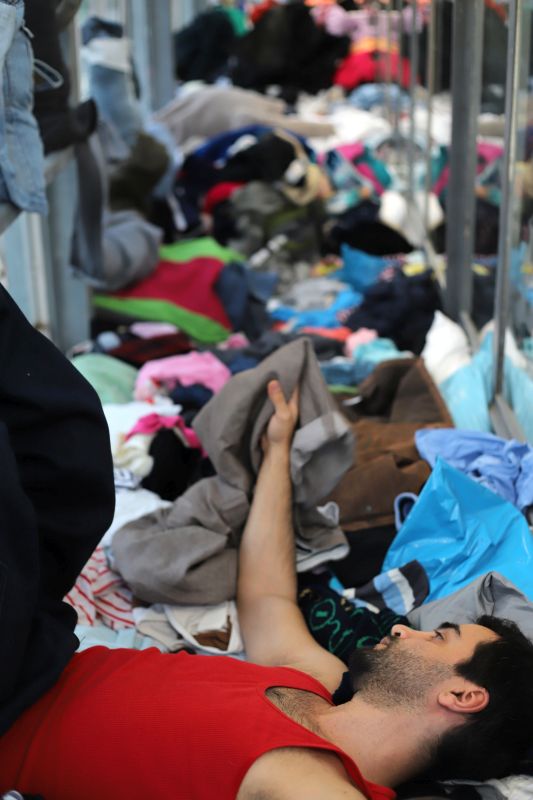
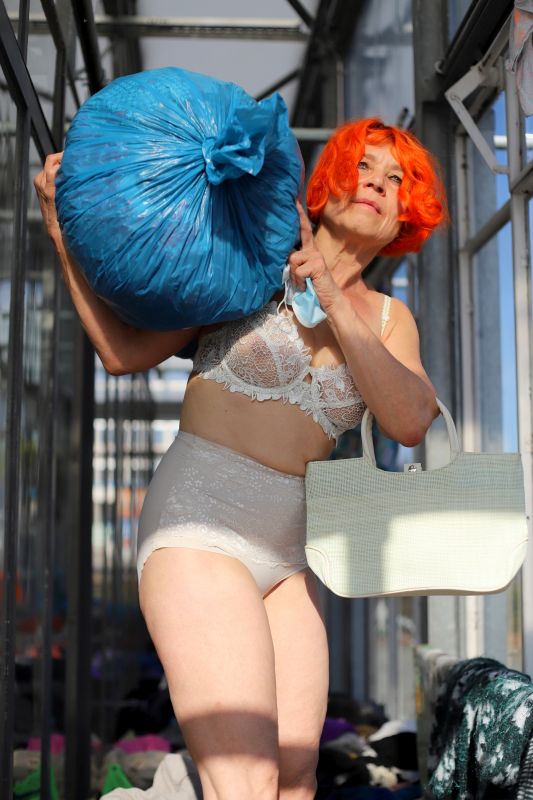
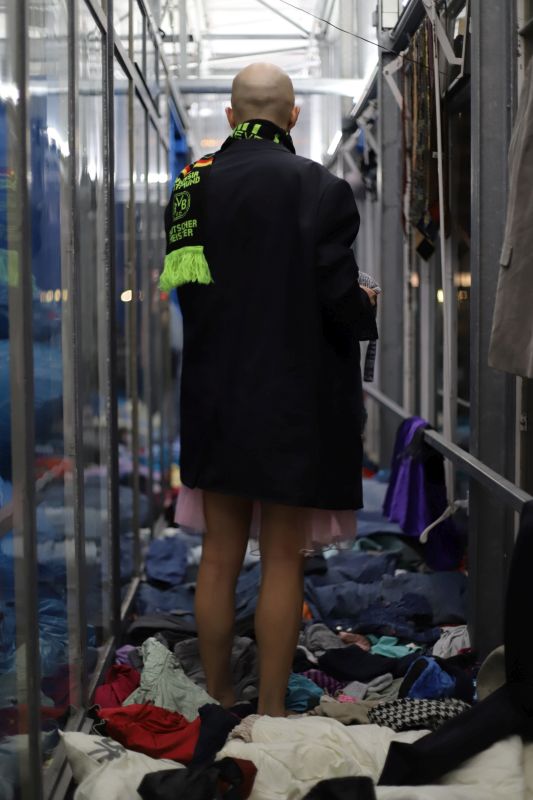
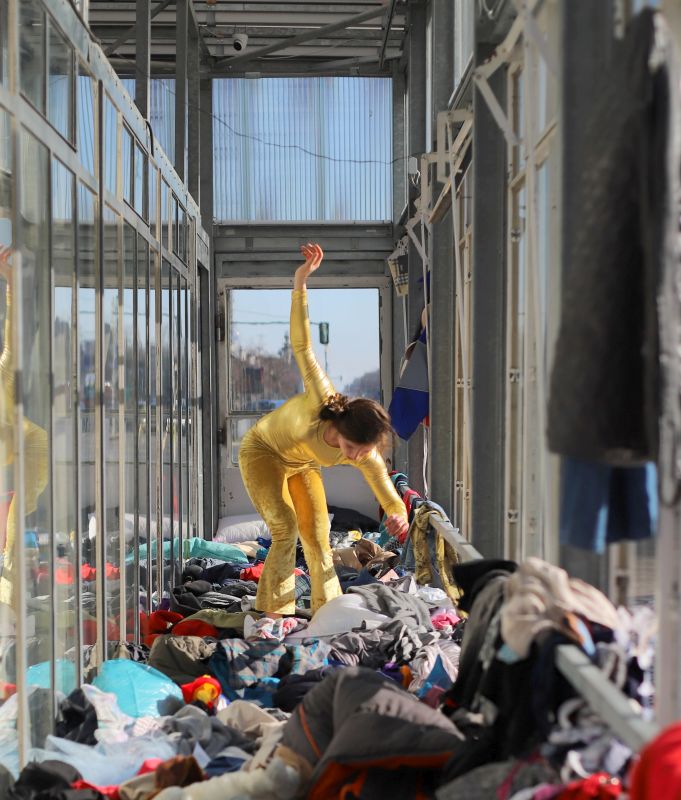
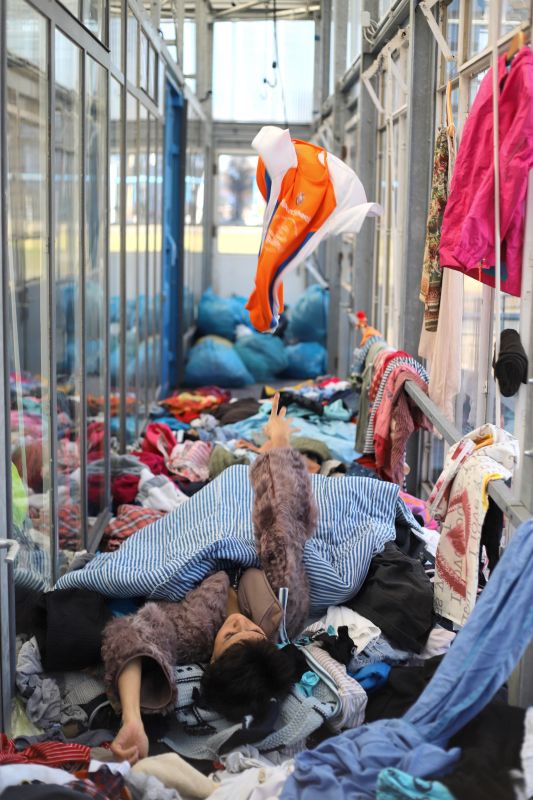
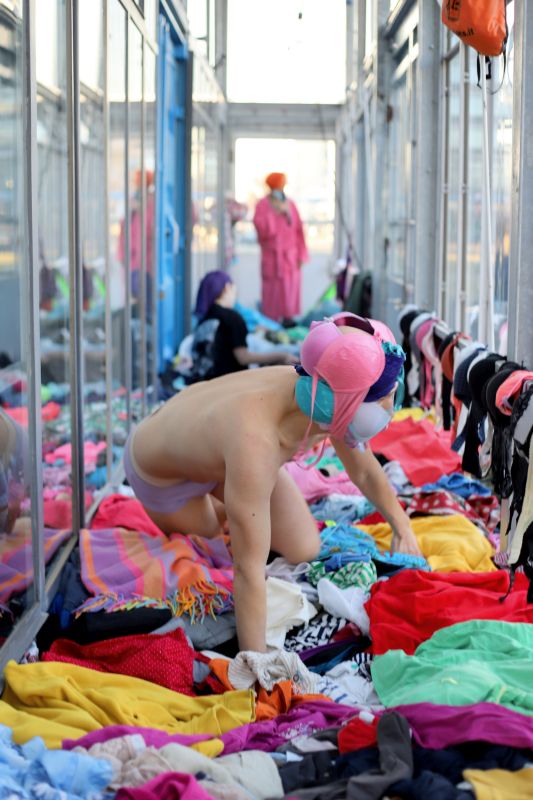
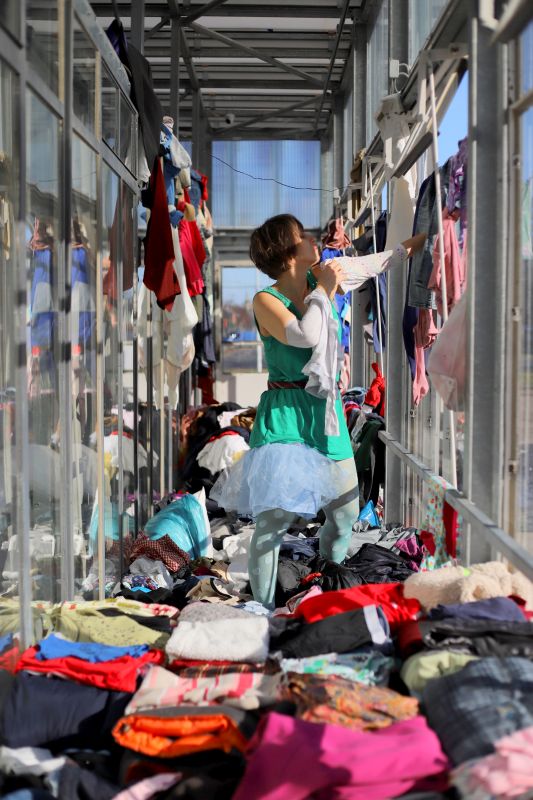
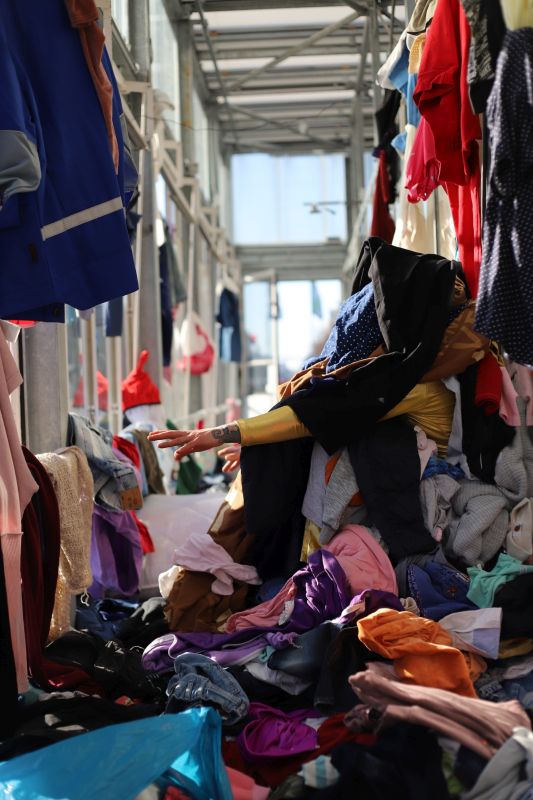

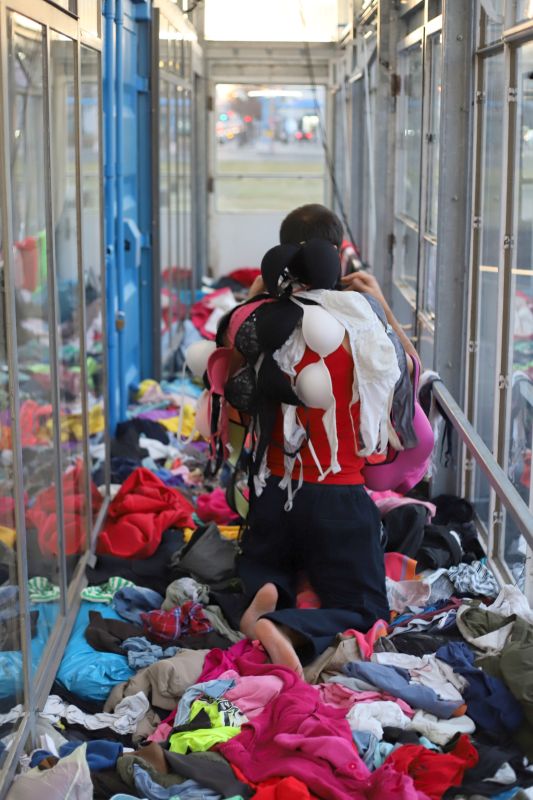
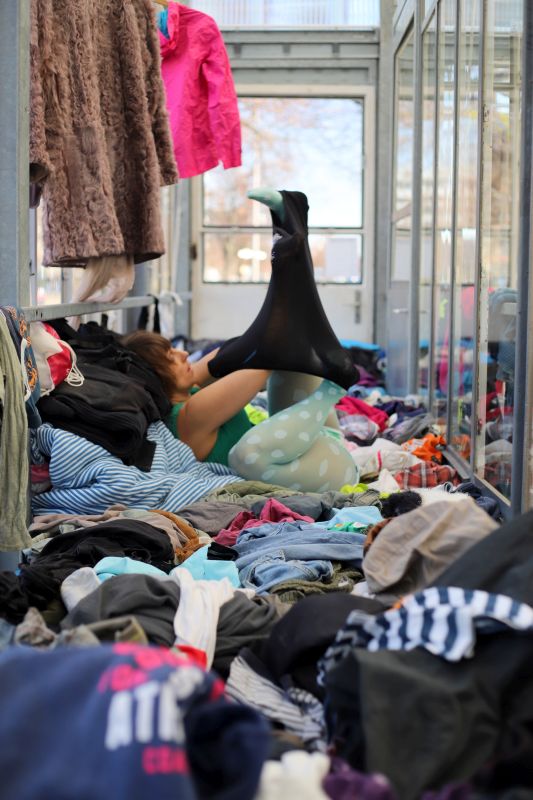
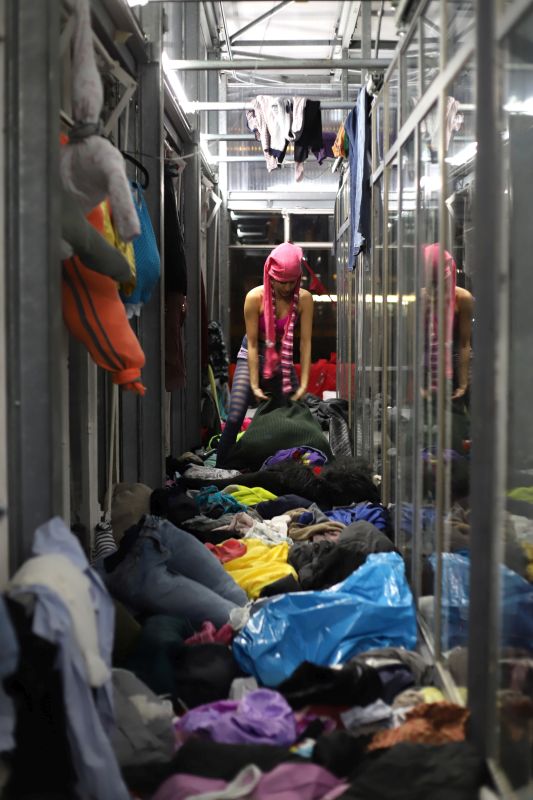
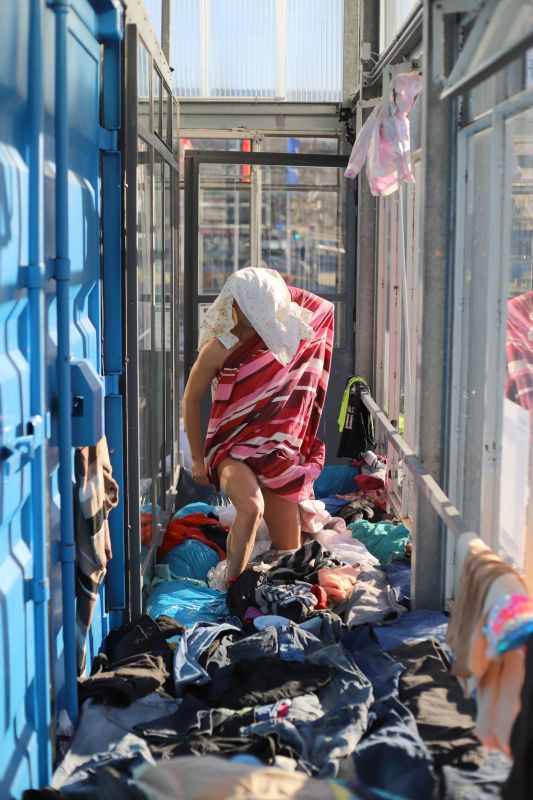
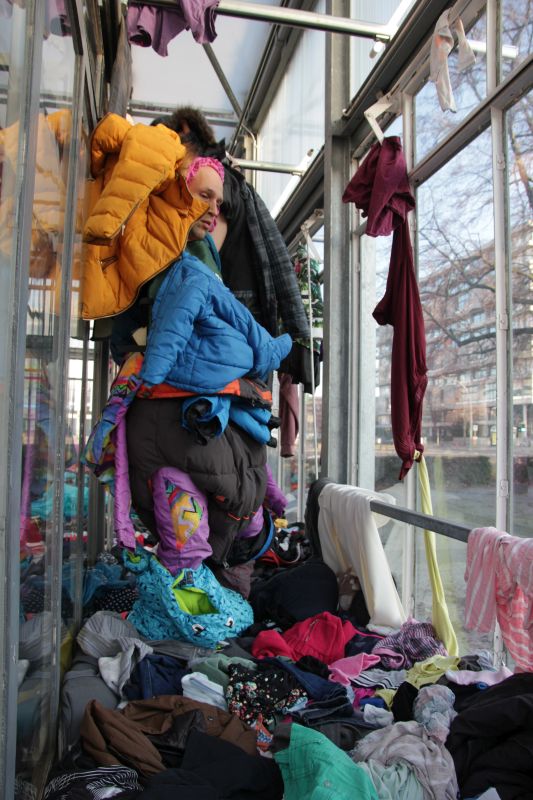
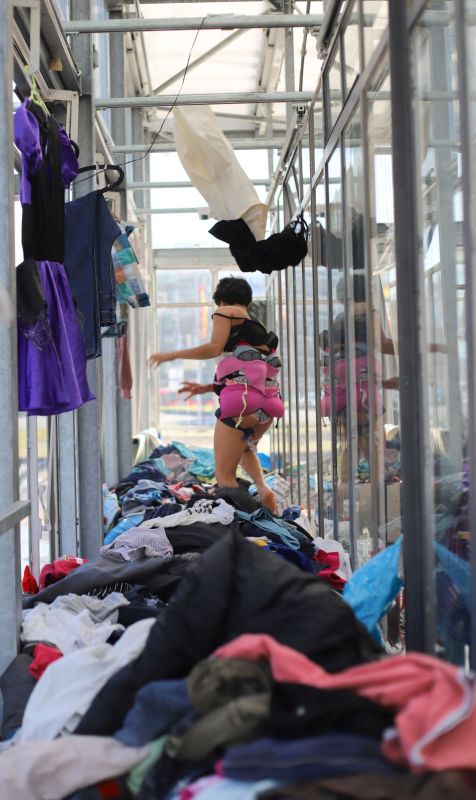
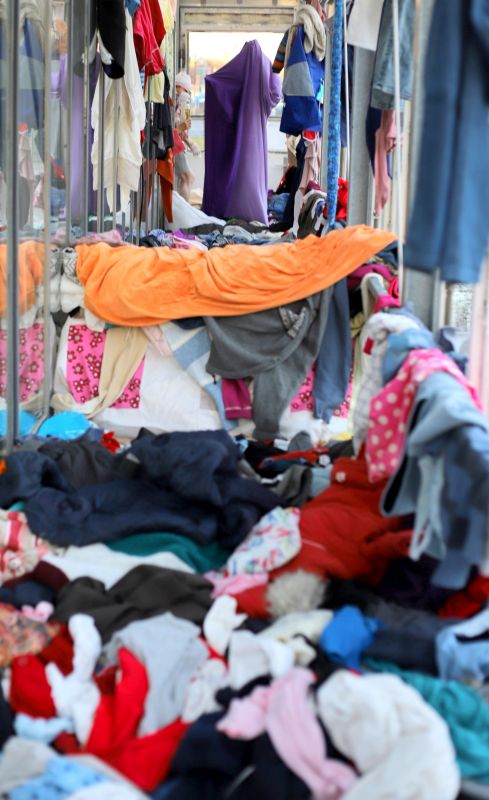
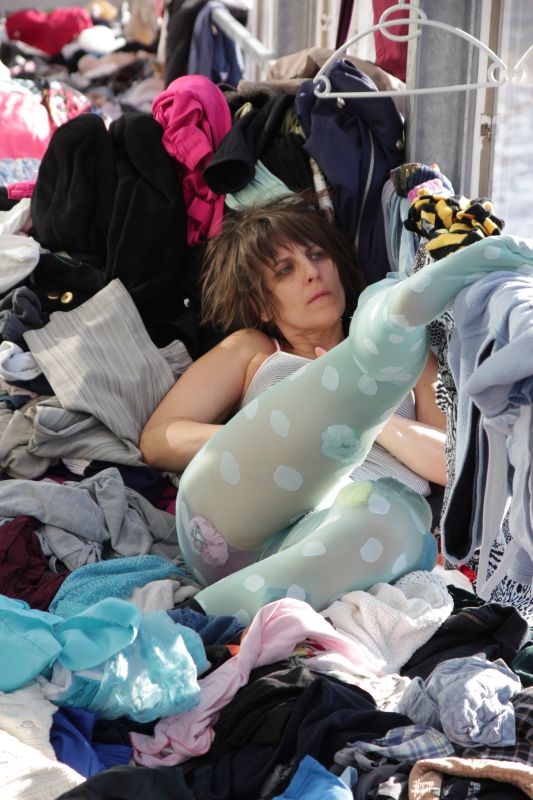
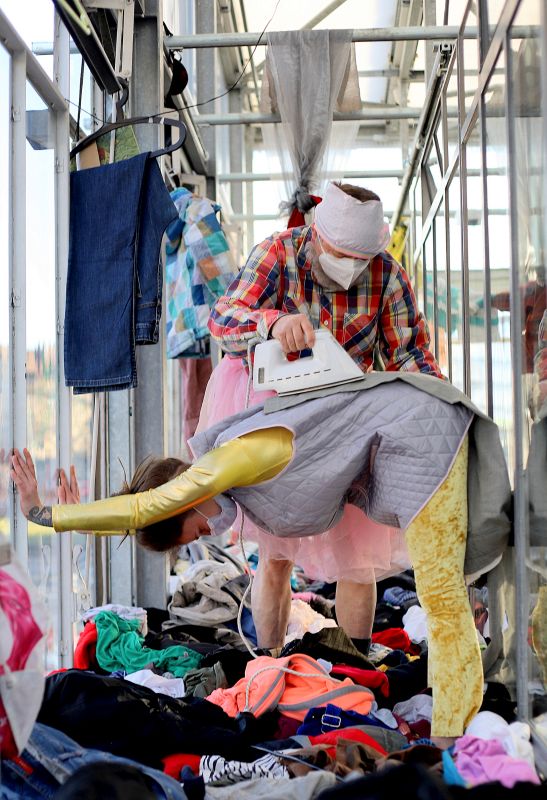
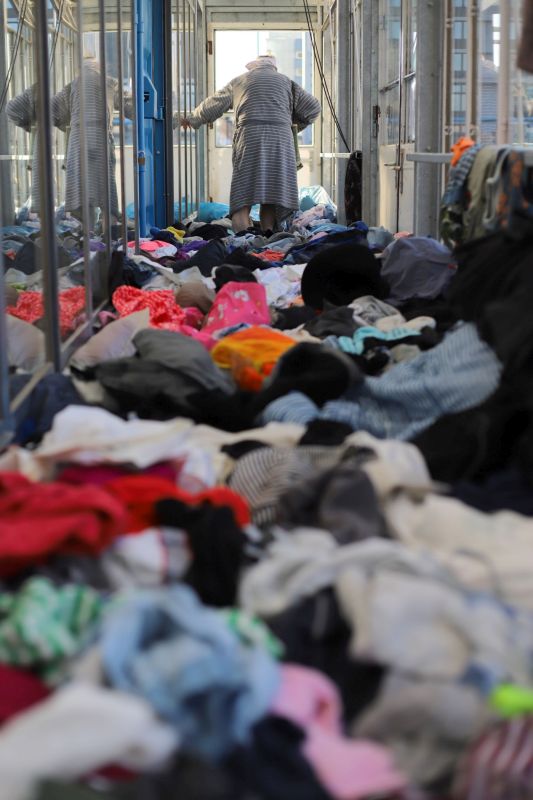
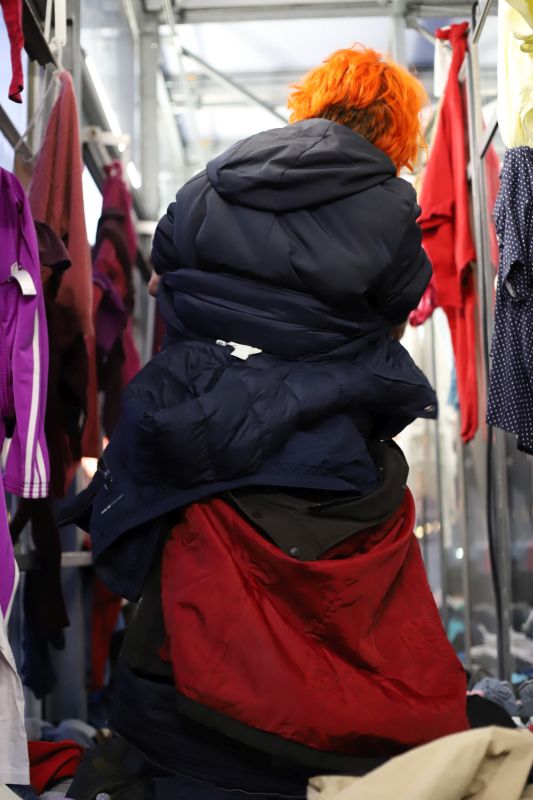
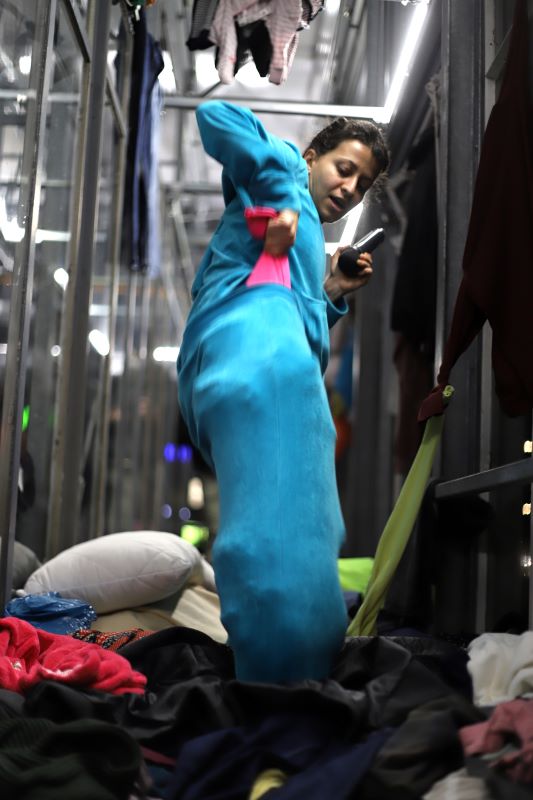

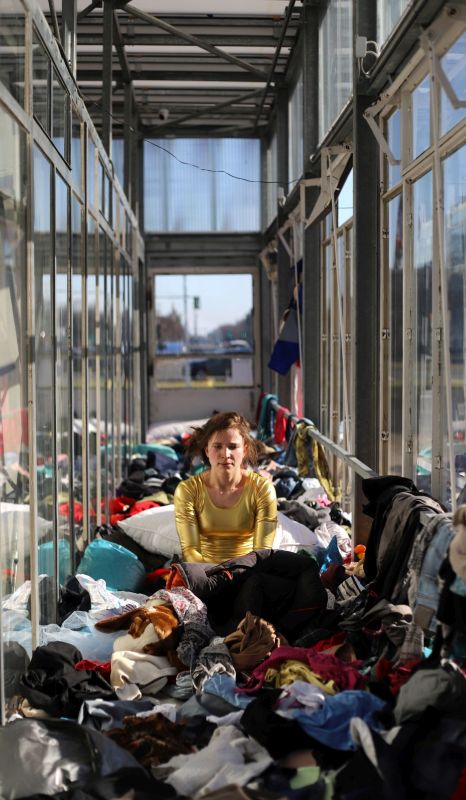
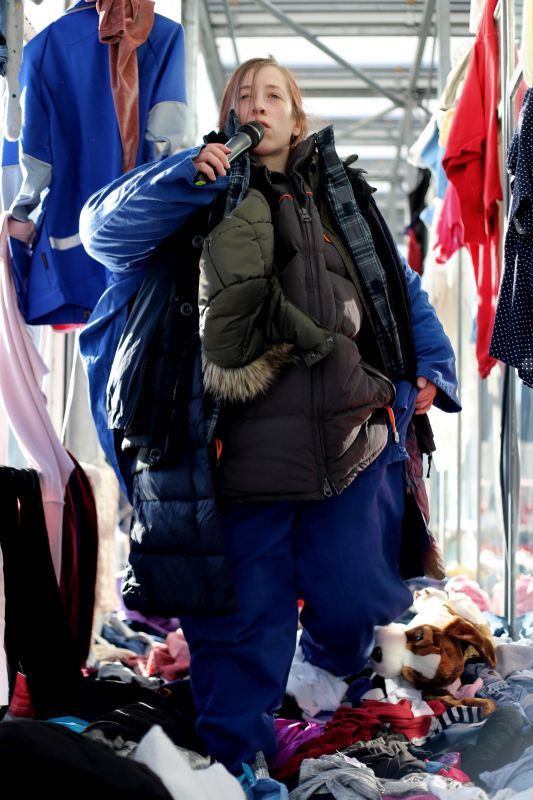
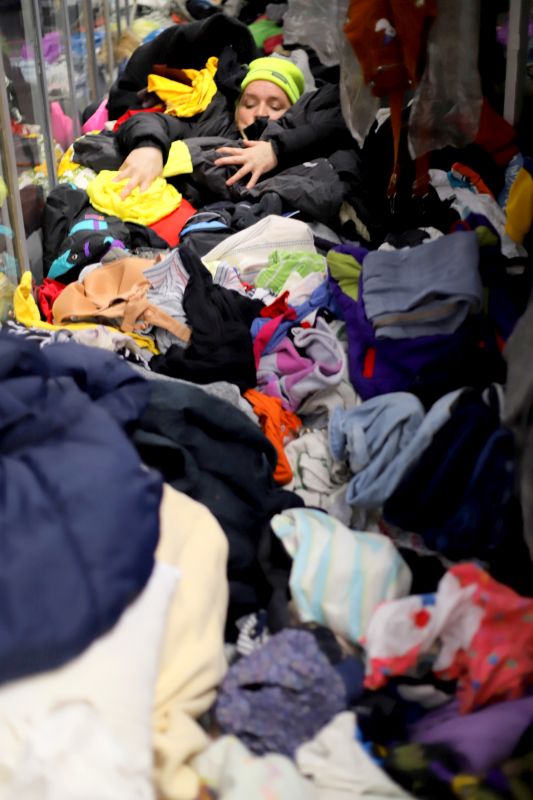
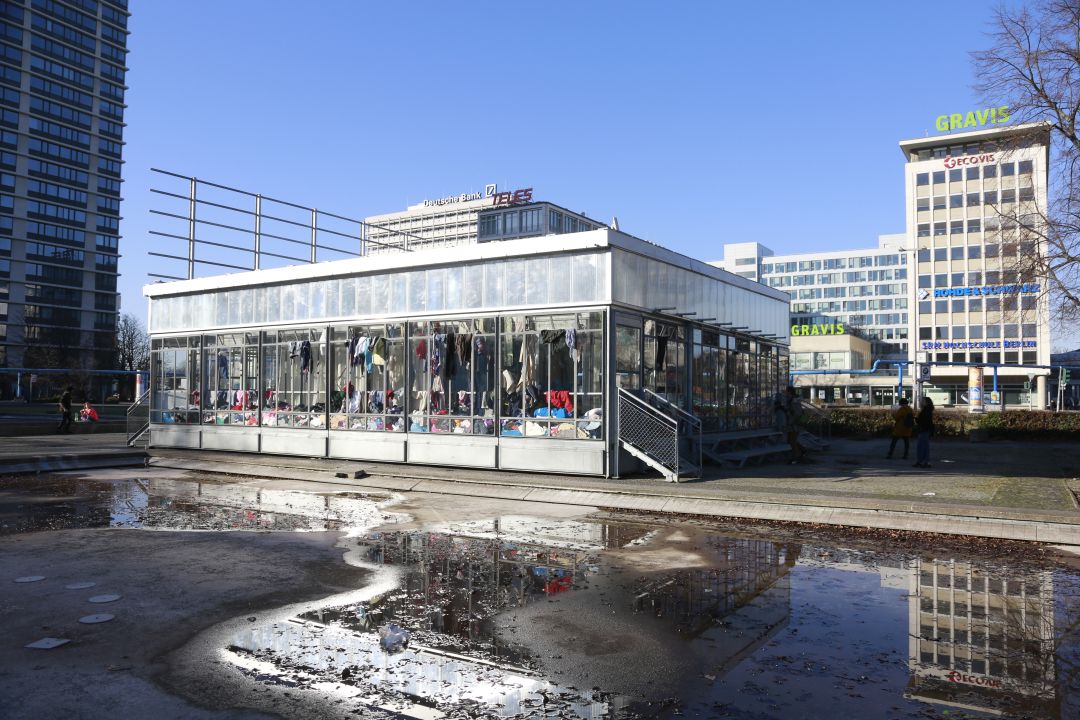
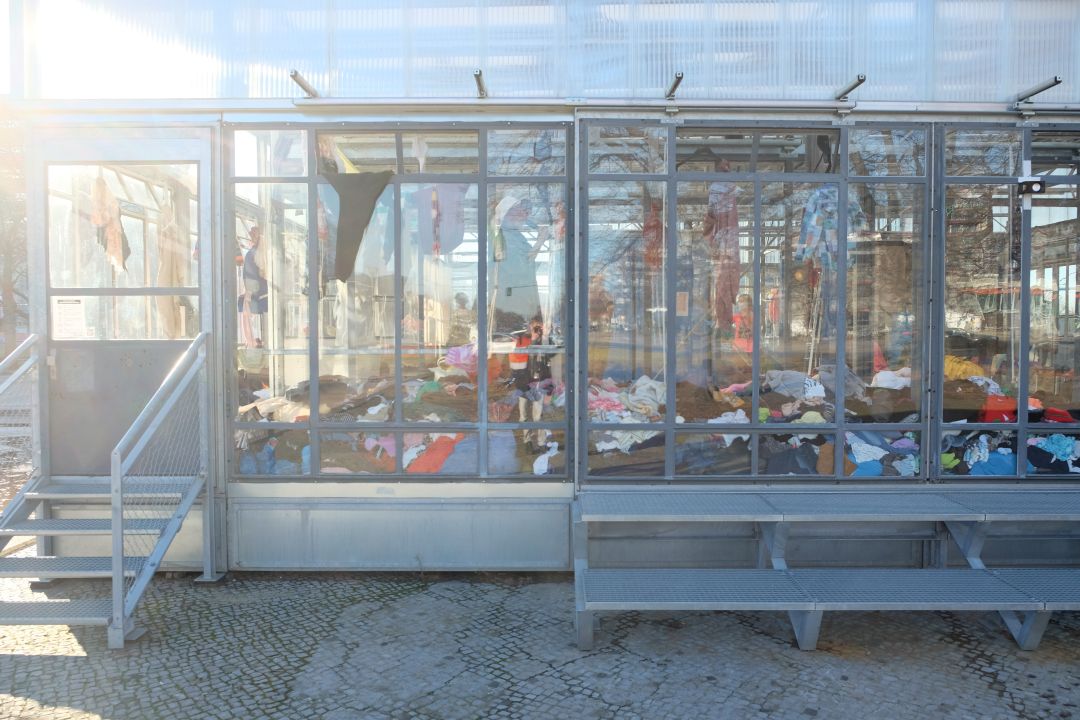
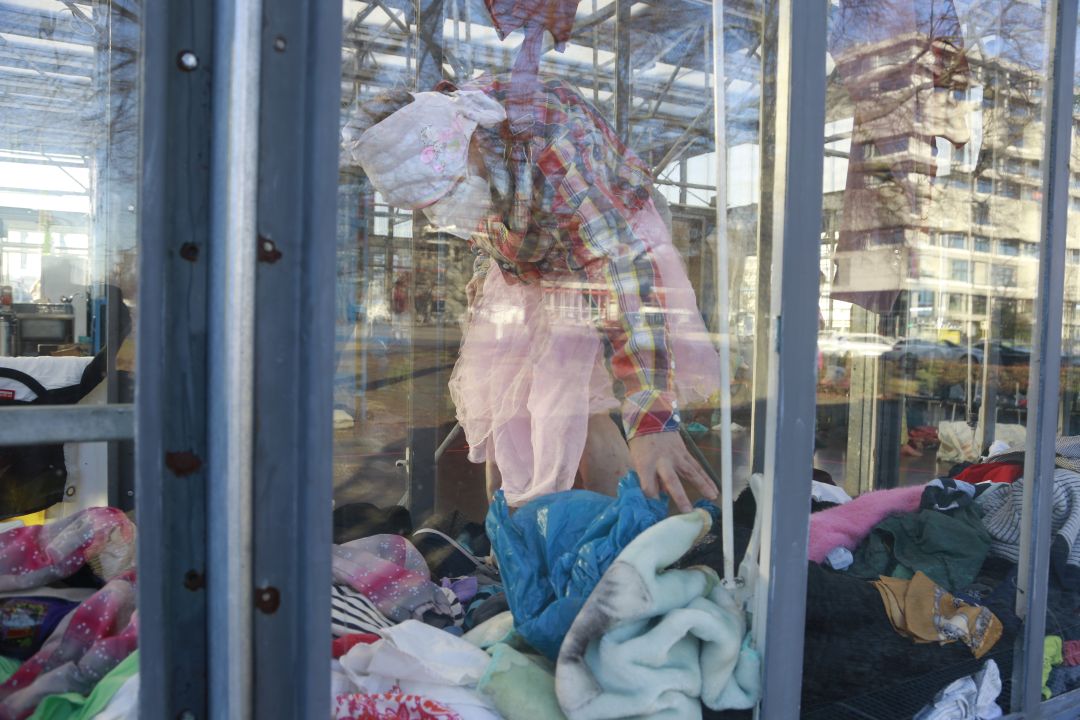
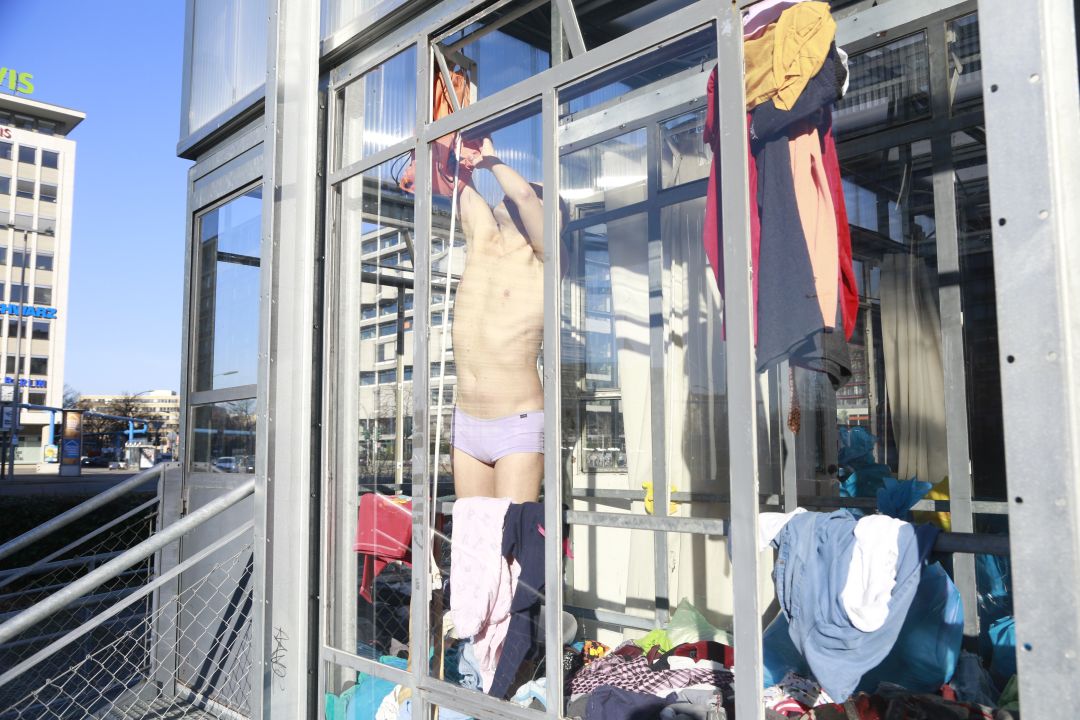

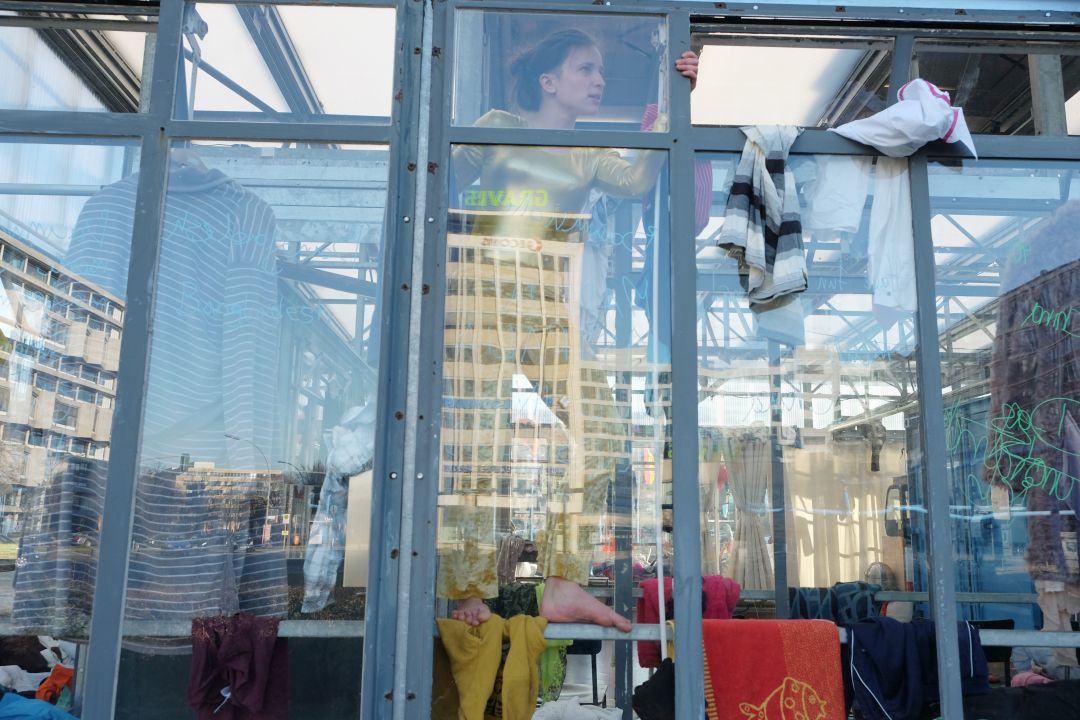
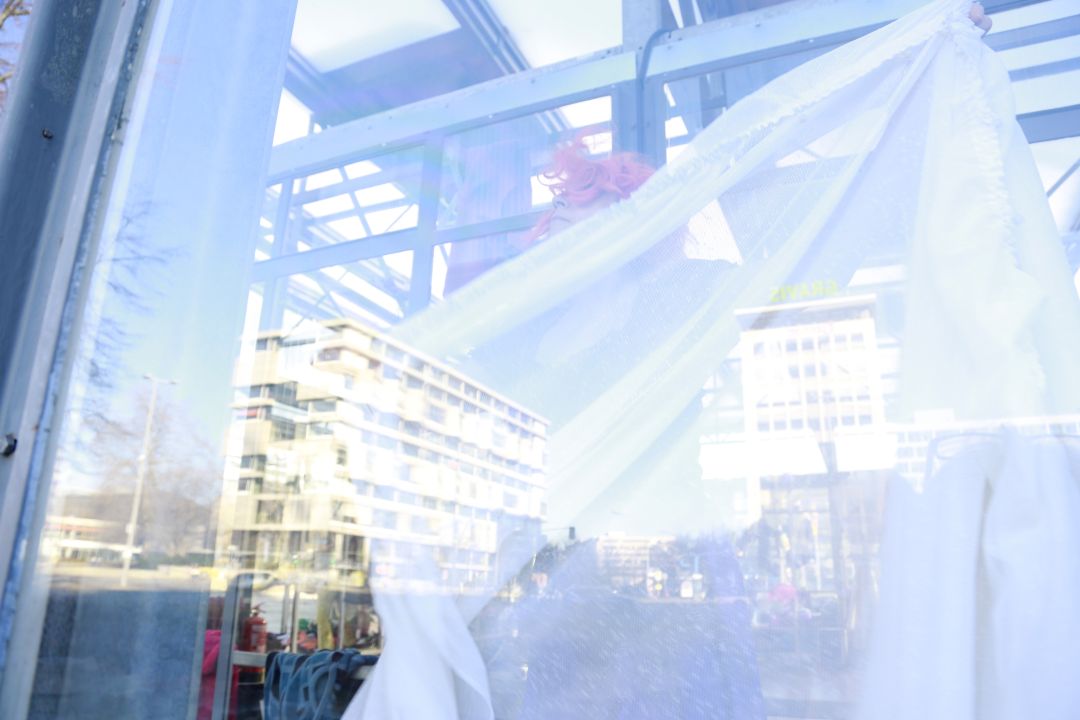
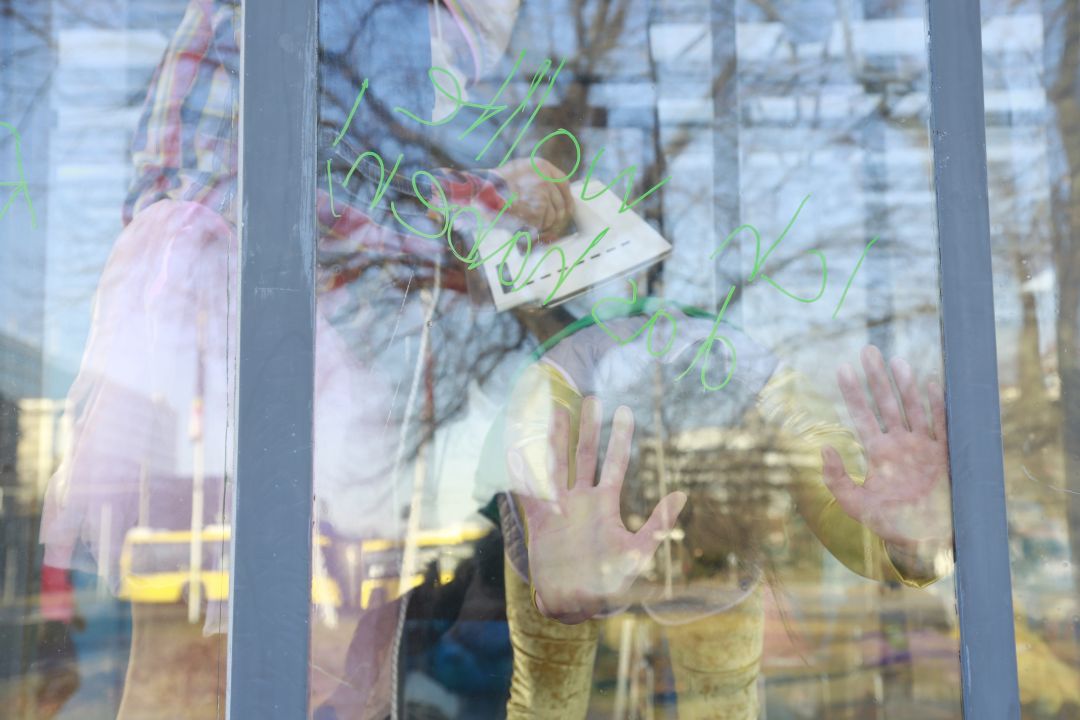
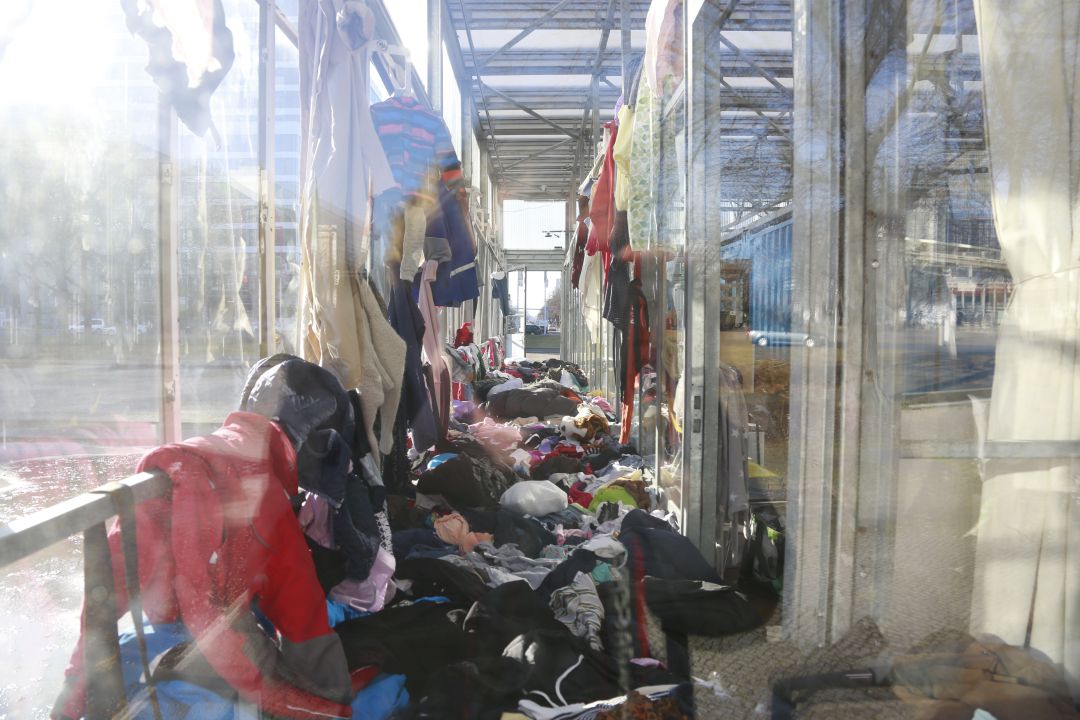

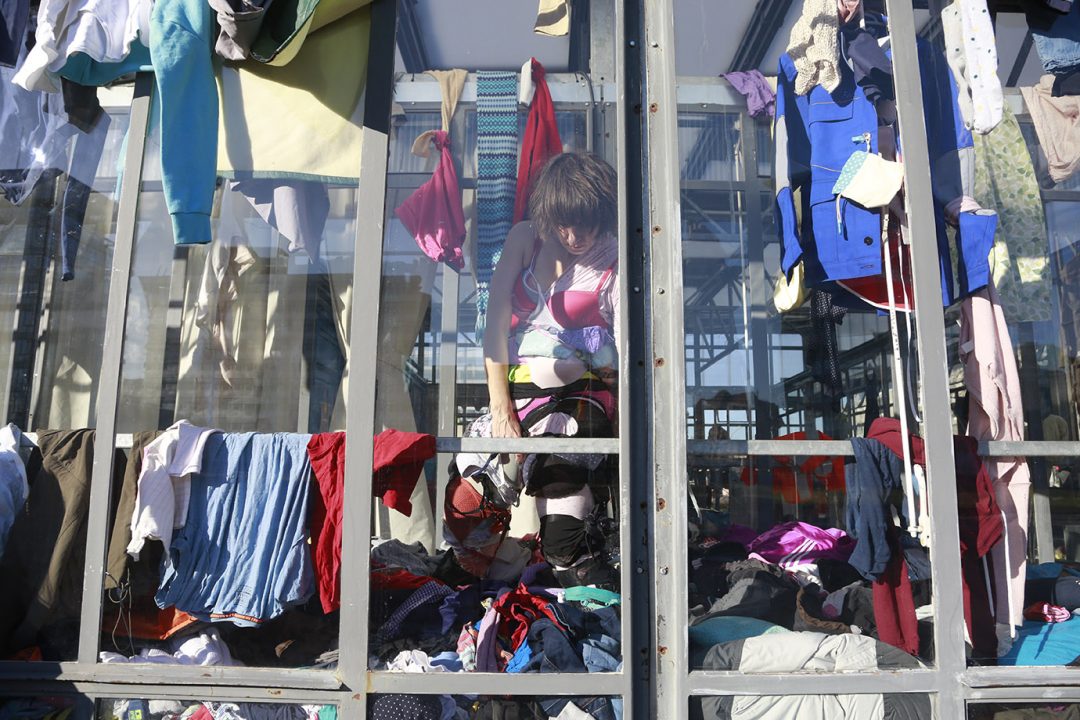
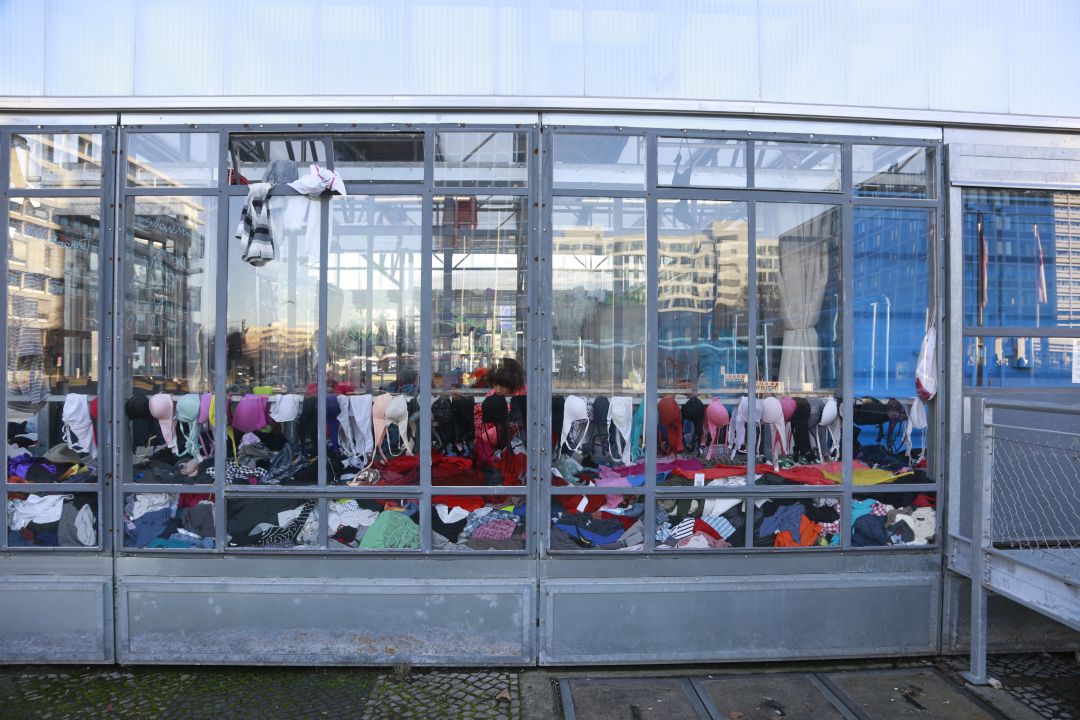

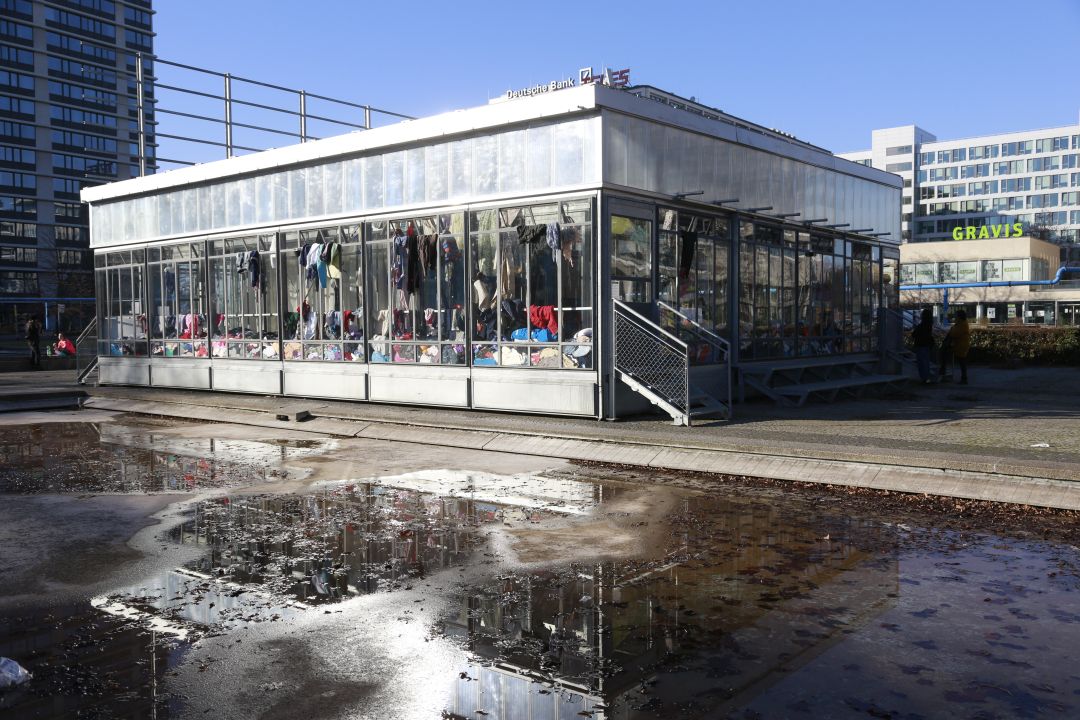
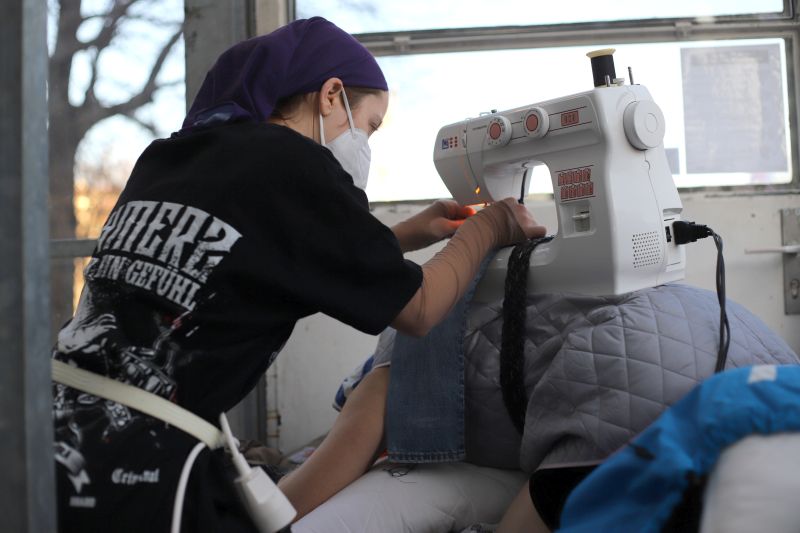
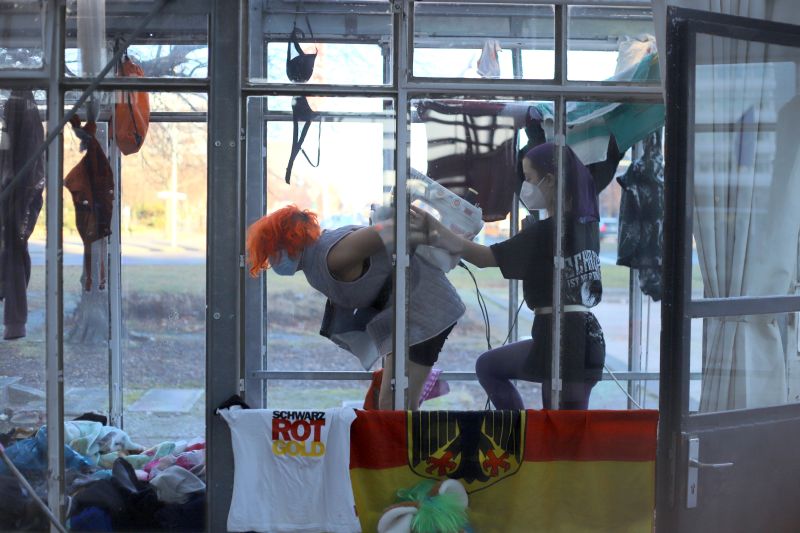
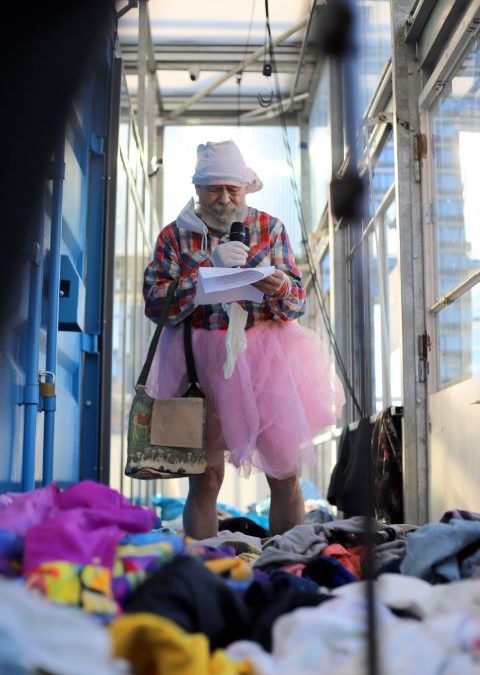
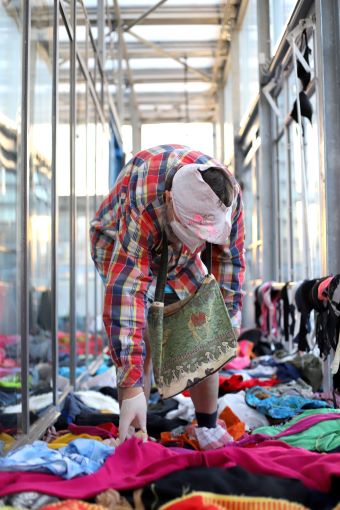
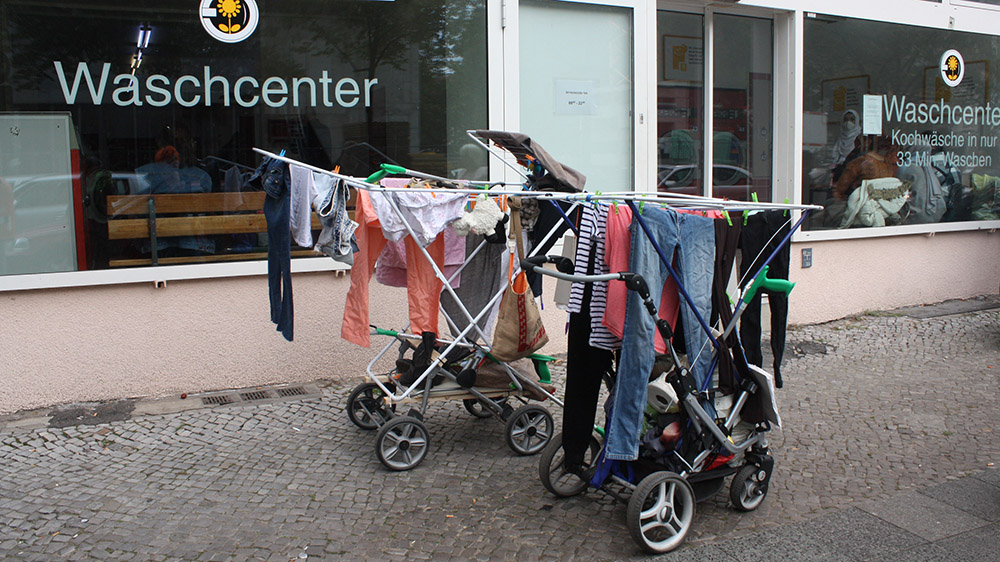
Recent Comments